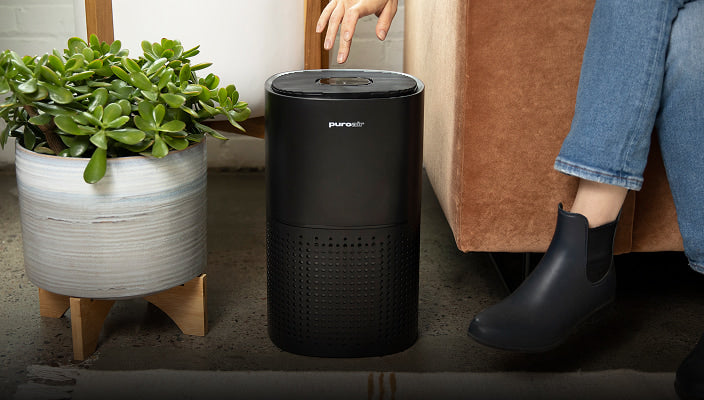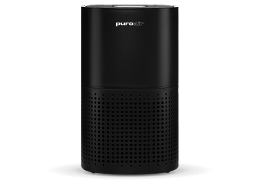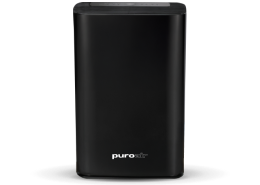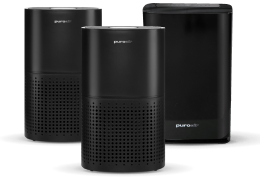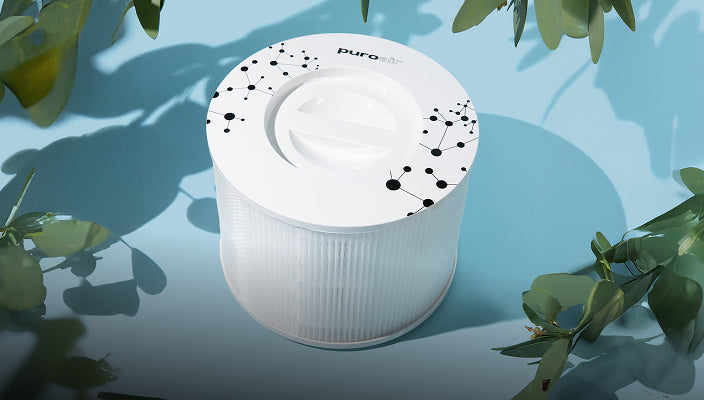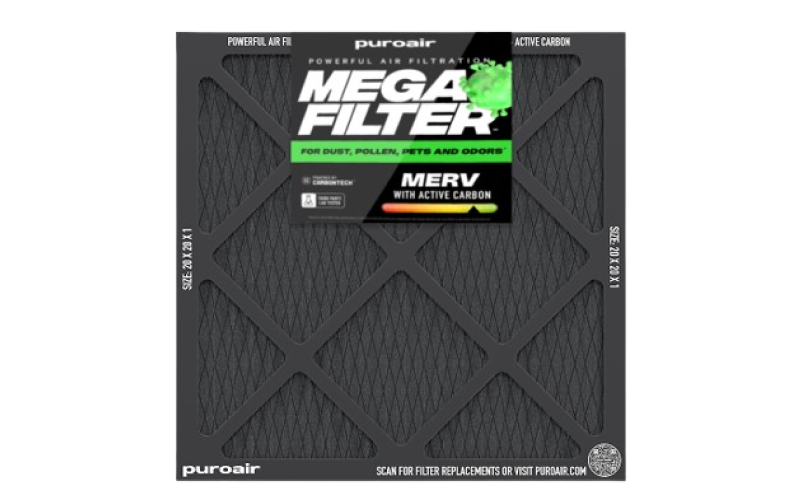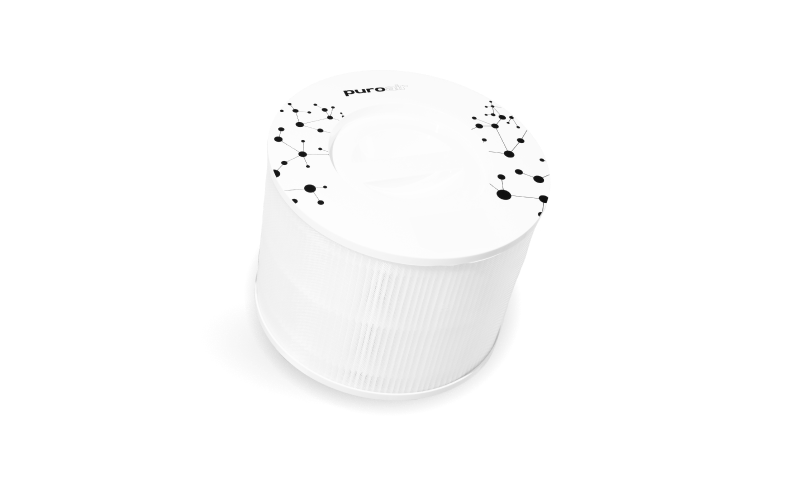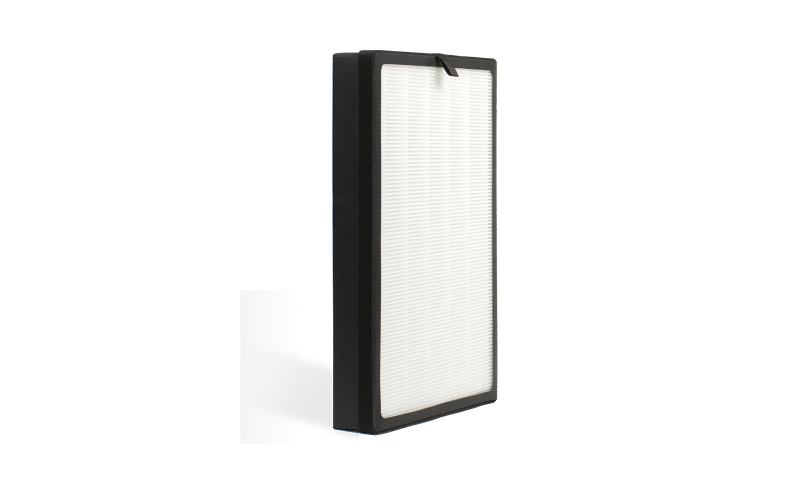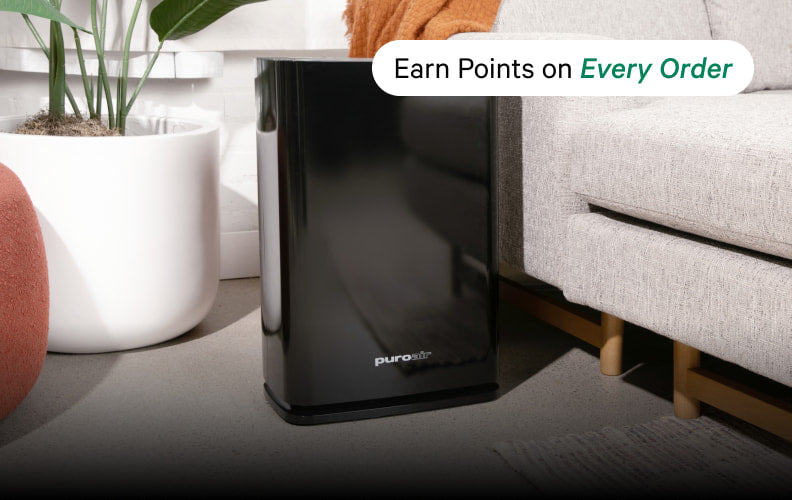Recent changes in environmental regulations and enforcement priorities are creating new challenges for air quality management across the United States. While policy debates continue, the health impacts of air pollution remain clear and measurable. Understanding these changes can help you make informed decisions about protecting your family's respiratory health.
Here's what recent regulatory shifts mean for air quality and why indoor air protection has become increasingly important for maintaining healthy lungs.
Recent Regulatory Changes and Their Health Implications
1. EPA Deregulation Plan: Power Plant and Vehicle Emission Standards
Recent regulatory changes have modified limits on power plant emissions and vehicle efficiency standards. These changes are expected to result in increased concentrations of particulate matter and nitrogen oxides in ambient air, particularly in areas near industrial facilities and high-traffic corridors.
Health Impact: Increased exposure to these pollutants is associated with several respiratory and cardiovascular health effects:
- Reduced lung function, particularly in children and older adults
- Increased risk of respiratory conditions and infections
- Higher rates of cardiovascular events in sensitive populations
What you can do: HEPA filtration systems can filter up to 99.9% of particles as small as 0.1 microns and larger, including many of the harmful particulates from power plant and vehicle emissions that may increase in outdoor air.
2. State Resistance to Stricter PM2.5 Standards
Some regions, like Texas, are resisting the EPA’s new, more protective PM2.5 thresholds, which were designed to reduce deadly fine particle pollution. These ultrafine particles are particularly concerning because they can penetrate deep into lung tissue and enter the bloodstream.
Health Impact: PM2.5 exposure is linked to serious health consequences:
- Deep lung penetration causing inflammation and tissue damage
- Higher incidence of heart disease
- Reduced life expectancy in areas with chronic high exposure
What you can do: Combined HEPA and activated carbon filtration can significantly reduce indoor PM2.5 concentrations, creating a cleaner breathing environment even when outdoor levels remain elevated.
3. Loopholes in Ozone Rules
Changes in ozone pollution classification and enforcement have occurred in several metropolitan areas. Certain cities were able to shift blame for ozone pollution onto international sources, leading them to bypass stricter clean-up mandates. Ground-level ozone, formed when pollutants react in sunlight, creates the smog that reduces visibility and impacts respiratory health. Now, there is no local enforcement or improvements in sight.
Health Impact: Ozone exposure affects lung function in measurable ways:
- Temporary reduction in lung capacity and breathing efficiency
- Increased coughing, throat irritation, and chest tightness
- Worsened symptoms for people with preexisting lung conditions like asthma and COPD
- Reduced exercise tolerance and athletic performance
What you can do: Air purifiers can help reduce indoor ozone levels and filter ozone precursors, providing relief during high-smog periods. MERV 13 rated HVAC filters with activated carbon are also the standard for a clean air indoor environment.
4. Environmental Health Data Accessibility
The EPA removed a public-facing, environmental justice mapping tool called EJScreen. This action has reduced public access to localized air quality data, making it more difficult for communities to track pollution patterns and health risks in their specific areas.
Health Impact: Limited access to environmental health data can result in:
- Reduced awareness of local air quality risks
- Delayed response to pollution events
- Difficulty identifying pollution sources affecting specific communities
- Challenges in making informed decisions about outdoor activities
- Reduced ability to advocate for health-protective measures
What you can do: Personal air quality monitoring combined with effective filtration allows families to create and maintain healthy indoor environments regardless of limited external data availability.
5. Limited Federal Action on Wildfire Smoke Management
Federal wildfire smoke management programs have seen no expansion despite increasing wildfire frequency and intensity. Wildfire smoke contains a complex mixture of harmful pollutants that can travel hundreds of miles from fire sources.
Health Impact: Wildfire smoke exposure creates immediate and long-term respiratory challenges including:
- Acute respiratory symptoms including coughing and difficulty breathing
- Worsened asthma and other chronic respiratory conditions
- Eye and throat irritation that can persist for days
- Potential cardiovascular impacts from fine particle exposure
Indoor Protection Strategy: Smart air purification systems that automatically adjust filtration intensity based on outdoor air quality can provide continuous protection during unpredictable wildfire smoke surges.
The Science of Indoor Air Protection
When outdoor air quality becomes compromised, your home's indoor environment becomes your primary defense against respiratory health impacts. Effective indoor air filtration can significantly reduce exposure to harmful pollutants, even when outdoor concentrations are elevated.
How Clean Indoor Air Supports Lung Health
Clean indoor air provides measurable benefits for respiratory function:
- Reduced Inflammation: Lower exposure to airborne particles means less respiratory tract inflammation, allowing your lungs to function more efficiently and recover from any outdoor exposure.
- Better Sleep Quality: Cleaner air during sleep hours reduces sleep disruptions and leads to deeper, more restorative sleep. Read more about PuroAir’s study with Sleep Score Labs here.
- Improved Exercise Tolerance: When your lungs aren't working overtime to filter polluted air, you maintain better breathing capacity for physical activity and daily tasks.
- Protection for Vulnerable Family Members: Children, older adults, and family members with pre-existing respiratory conditions benefit significantly from consistently clean indoor air due to less strain on their already vulnerable lungs.
The Technology That Makes a Difference
With PuroAir’s modern air purification technology, you can trust that pollutants and particles both visible and microscopic will be filtered from your home’s air reducing the risk of respiratory symptoms :
- True HEPA Filtration: Filters up to 99.9% of particles as small as 0.1 microns, including the PM2.5 particles most harmful to lung health.
- Activated Carbon Filtration: Filters gaseous pollutants, odors, and volatile organic compounds that can irritate respiratory systems.
- Smart Monitoring: Automatically adjusts filtration based on real-time air quality conditions, ensuring optimal protection when you need it most.
Taking Action for Your Family's Respiratory Health
Understanding air quality challenges is the first step toward protecting your family's lung health. While regulatory and policy landscapes continue to evolve, the health benefits of clean air remain constant and measurable.
Investing in indoor air purification technology provides:
- Immediate reduction in harmful pollutant exposure
- Consistent protection regardless of outdoor air quality fluctuations
- Peace of mind knowing your family is breathing cleaner air
- Long-term support for healthy lung function and respiratory wellness
The relationship between air quality and lung health is well-established. By taking control of your indoor air quality, you're making a direct investment in your family's respiratory health and overall wellbeing.
When external air quality protections become uncertain, reliable indoor air purification becomes not just helpful, but essential for maintaining the clean air your lungs need to stay healthy. Check out PuroAir’s collection of air purifiers and MERV 13 HVAC filters today.



